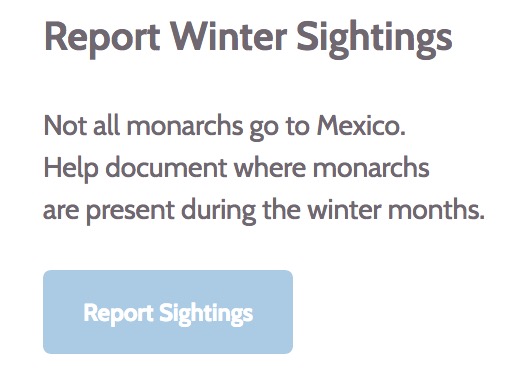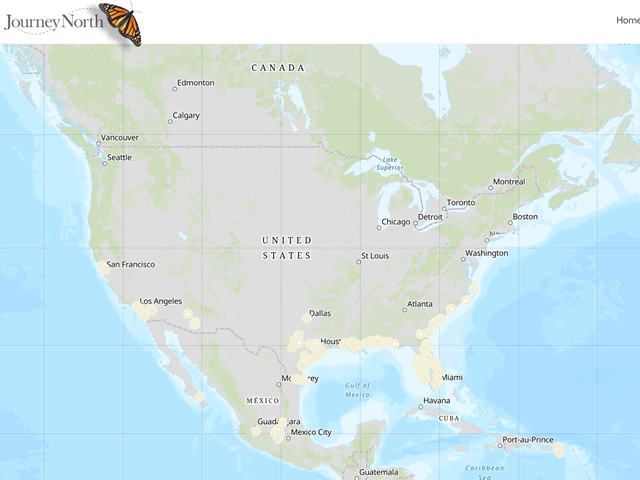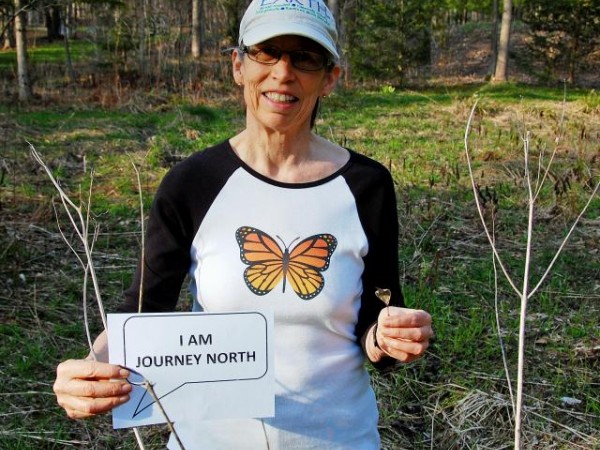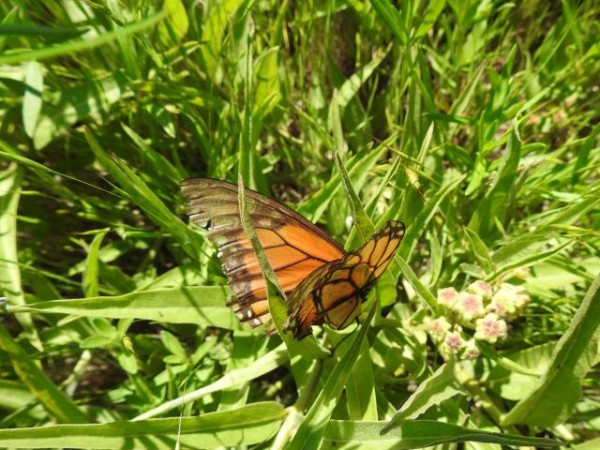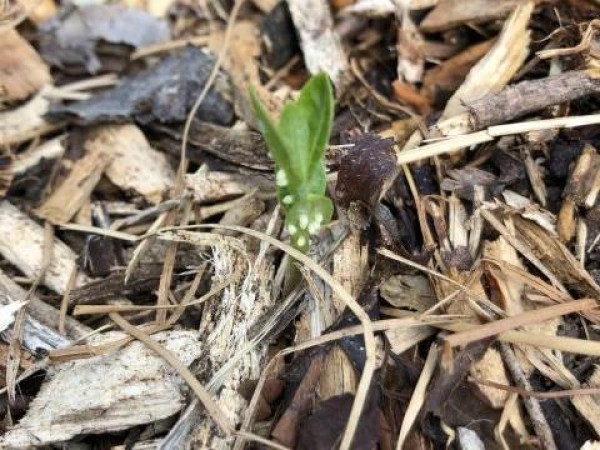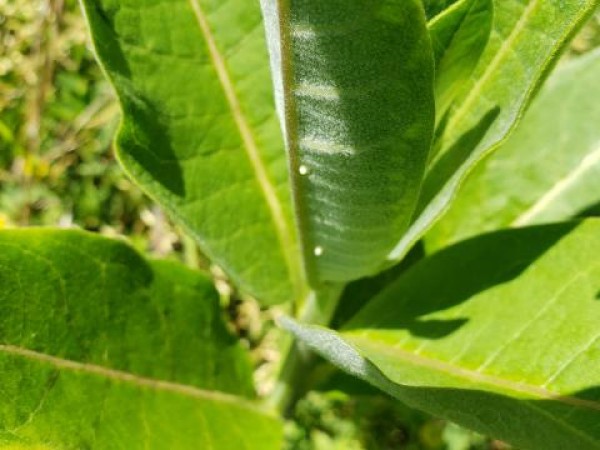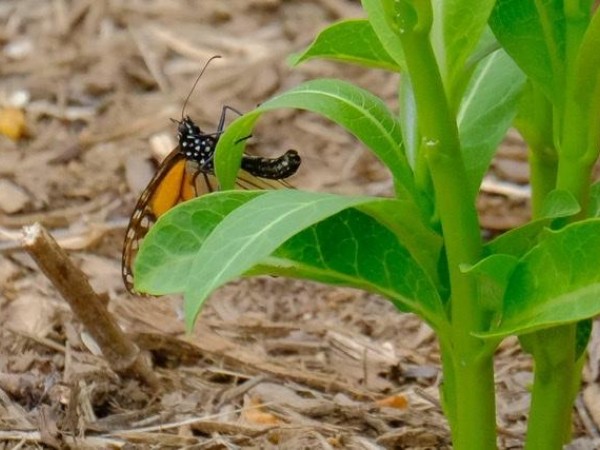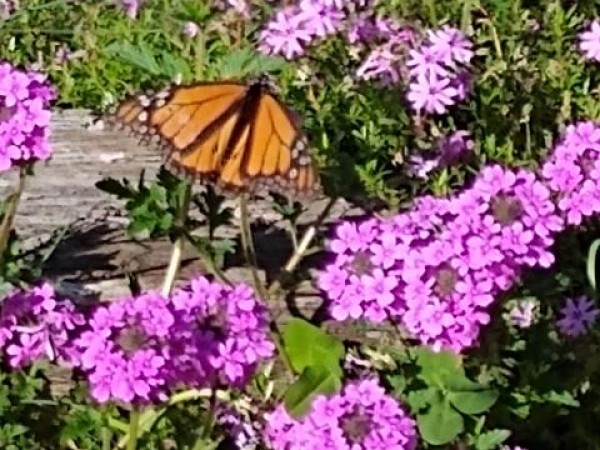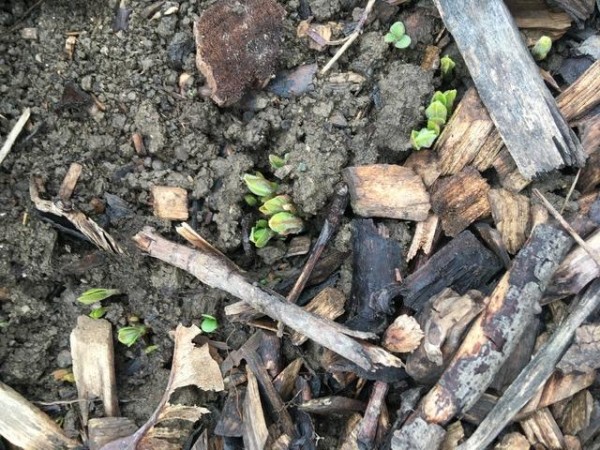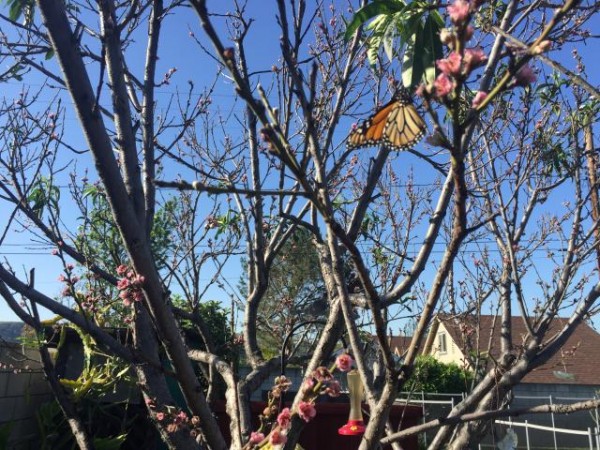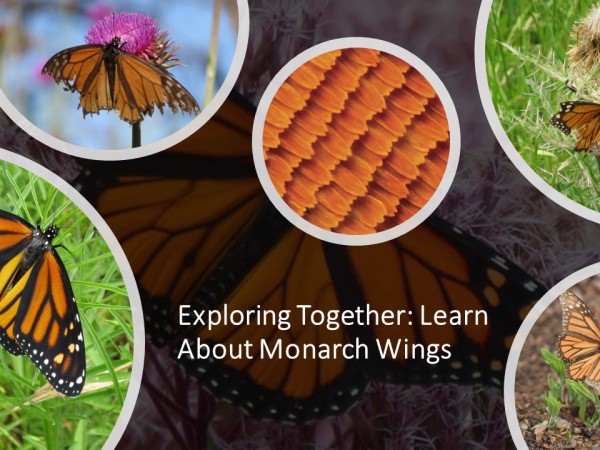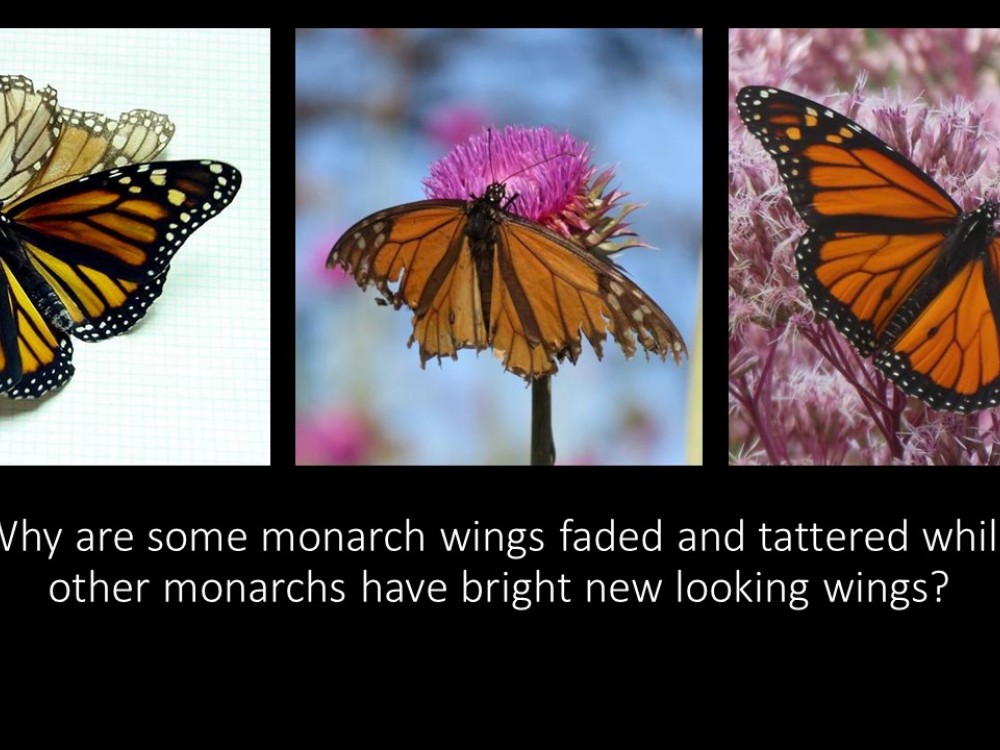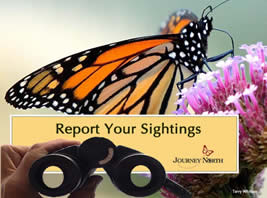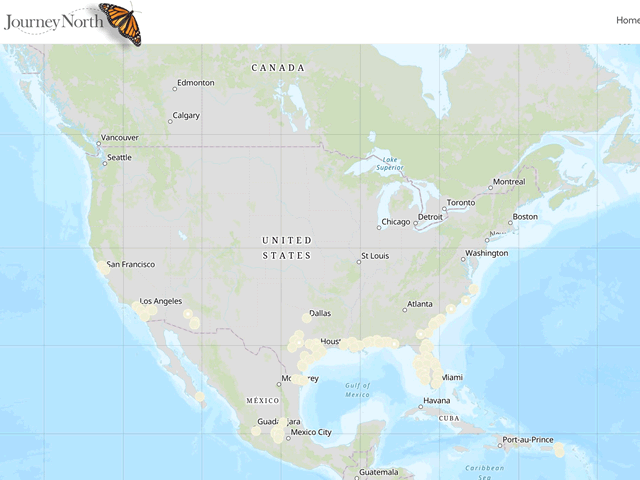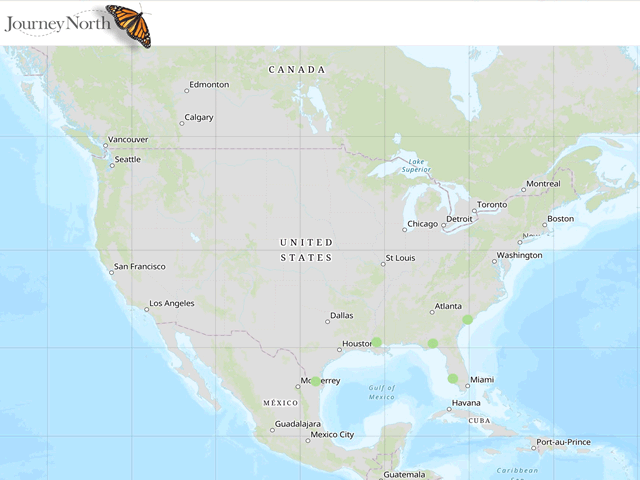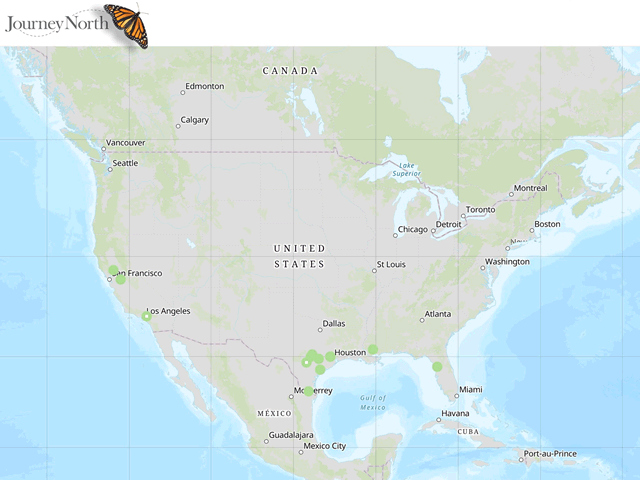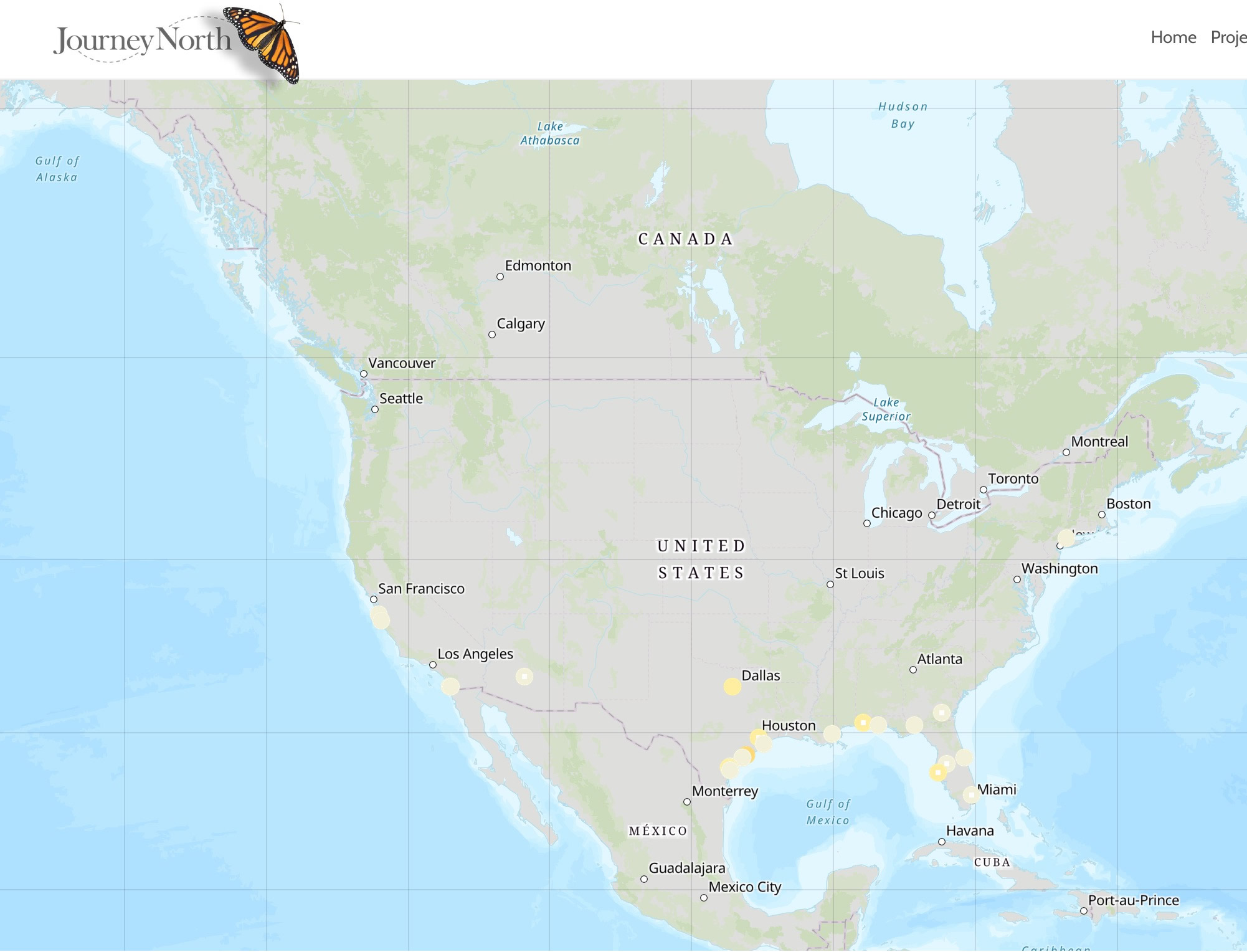Overlapping Generations And Lots of Monarch Eggs
Need Inspiration?
"I am Journey North" contributions continue to grow, offering words of inspiration and resilience.
From Town of Arcade, NY (Monarch Waystation #8511): Donna wrote that she could hardly wait to see the first green shoots of the Swamp Milkweed she planted 5 years ago. "Every summer monarchs have found this small habitat. And I've also been able to create several public pollinator programs...because of what I've learned through closer observation and study of these iconic butterflies." (04/26/2020)
From Dallas, TX: Vivian wrote: "Journey North is a godsend. My mother loved Monarchs and grew beautiful, colorful flowers so they would stop in her backyard every October. Sadly, she died before I had a chance to learn what she knew. But I found Journey North, and all my questions have been answered." (04/24/2020)
You have plenty of time to submit your "I am Journey North" photos. This project will run until May 31st. Share what you love about Journey North and the migratory species you help by submitting data, following news updates and/or planting pollinator gardens.
Eastern Population of Monarchs
Overlapping Generations
Journey North observers are seeing monarchs with old and tattered wings as well as first generation, fresh-winged monarchs. There is still an overlap of generations as egg laying continues at an increased pace.
From Midlothian, TX: Kathleen found, "This butterfly, deceased. Looked for eggs and did not find them...Within 15 minutes I saw 2 more flying by within 1000 feet of the deceased butterfly." (04/23/2020)
From Zebulon, NC: Leigh reported, "adult monarch have been here 3 days.This is the first day I have noticed the eggs on milkweed shoots." (04/24/2020)
From Delano, TN: Kathleen declared, "The season starts for SE TN today!" Kathleen saw a re-migrant monarch flying and "found 1 - 3 eggs on nearly every common milkweed plant and one only Butterfly Weed plant in her garden--for a total of thirty plus eggs." (04/27/2020)
From Bowie, MD: Frances saw her, "First sighting this year. She was laying many eggs on milkweed that was about 4 inches. She was tattered and very faded." (04/29/2020)
Northern Most Edge For Monarchs and Milkweed
The northern-most first sighting of a monarch came in from Indiana.
From Logansport, IN: Peggy wrote, "So exciting to see one this early, usually in July. It was a male, very faded." (04/27/2020)
From Chatham-Kent, ON: Steve reported, "Common Milkweed emerged today!" (04/29/2020)
Western Monarch Population Update
Gail Morris provides an update on the Western Monarch Population.
Migration Moves into Arizona
Temperatures are heating up in California and Arizona and this week monarchs are expanding their range into the middle elevations of Arizona for the first time this Spring! Monarchs are still being reported along coastal California and the lower deserts of Arizona while milkweed is beginning to emerge in the northern regions of the West.
Monarch & Milkweed Sightings
Every March monarchs are reported heading north along the Colorado River. Within a few weeks there are new sightings in the middle elevations of Arizona as monarchs spread east and north near Las Vegas, Nevada. Last year very few monarchs were seen in these traditional early sighting locations. This year we held our breath wondering if any monarchs would appear. They did!
May Monitoring
We are entering an exciting time when fresh and new monarchs begin to appear soon as they emerge from pupae hidden in nearby milkweed thickets. Keep your camera with you on your walks and let us know what you see. Snap a photo of new milkweed or milkweed in bloom and of course any monarchs, eggs, larvae or pupae you are lucky to find. Monarchs will now quickly move north and east into the summer breeding grounds laying eggs hopefully in your neighborhood as they pass through. Warm temperatures in the forecast will hastening their Spring travels.
These are just a few snippets. Read Gail Morris' full Western Monarch report here and keep reporting to Journey North.
Looking For Fun Activities To Do At Home?
Look no further! Journey North has many resources for anyone with a curious mind. This week we feature resources that examine monarch population growth and limits to growth. Since we still see overlapping generations, take a look again at our Exploring Together: Wings Over Time.
Monarchs & Milkweed Spring / Summer Maps
After FIRST sightings, please report:
- Monarch Adult Sighted
- Milkweed Sighted
- Monarch Egg Sighted
- Monarch Larva Sighted
- Monarch (OTHER observations) *including behaviors such as mating and nectaring


